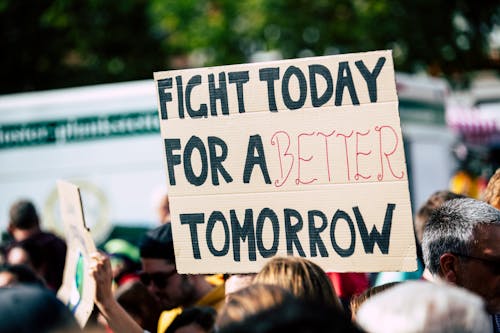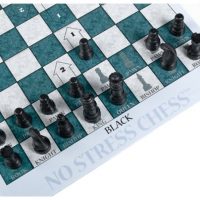 Children see many kinds of protests on television and online. Currently, there are several ongoing protests in the US, such as, Black Lives Matter, Police Brutality Protests, and Coronavirus/mask protests. During these protests kids may even hear their Hollywood idol make outlandish statements. So what is a parent to do when their child asks, “What is this all about?”
Children see many kinds of protests on television and online. Currently, there are several ongoing protests in the US, such as, Black Lives Matter, Police Brutality Protests, and Coronavirus/mask protests. During these protests kids may even hear their Hollywood idol make outlandish statements. So what is a parent to do when their child asks, “What is this all about?”
The general definition of a protest is that it is a form of collective action and social movement participation at the same time. However, most people don’t express their grievances stemming from perceived injustice by protesting. To protest, several factors must be met: the person must be a sympathizer, they are targeted (such as by social media), they must be motivated and then, therefore, participate. (The Social Psychology of Protest by Jacquelien van Stekelenburg and Bert Klandermans VU University, The Netherlands.)
Considering what children see on the news these days, they may be led to believe that violence is always a part of protests. Let your child know that protests are not tantamount to violence. There are other ways to make your point and to be heard. As Rudy Giuliani once said, “The rule is, you can protest all you want. Make all the noise you want. Carry all the signs you want. The minute you throw a rock, you get arrested. The minute you break a window, you get arrested. The minute you break into a store, you get arrested.”
In addition to your child witnessing the violence that accompanies some protests, they may also see obscene language written on signs and hear protesters shout inflammatory language. People use obscene words to express anger, insult others, and relieve frustration. Written signs may be a less personal way to express this but still has shock value and, therefore, impact upon the reader. While in personal conversations the use of obscene words may draw personal criticism, displaying signs in a group provides a sense of anonymity. Protesters may feel the more obscenity they can display, the more impact it will have on their target audience but with less chance of being personally held responsible. Remind your child or teen that, while others may not follow those rules, it should not change their standards.
The crowd mentality of a protest may lead some to speak and act in a way that they would not do in their own everyday life. Ask them to consider, as they get older, whether their sympathy for a cause is sufficient to risk their personal integrity before joining such a protest. Sometimes people don’t agree, but the right solution is to talk rather than resort to violence.
To bring about change, peaceful protests are more effective than violent protests. For example, Mohandas Gandhi and Martin Luther King used peaceful protests to bring lasting change and inspiration. In an age-appropriate fashion, parents can briefly explain both sides of the argument regarding a legitimate protest. It is a teaching opportunity for showing your child how to examine the differing views regarding issues. This is a tremendously valuable skill which will be useful throughout their life–in their vocations, relationships and the voting booth. This process can lead your child to using their free speech and dissent in a peaceful and ethical way that harms no one, but may, in fact, actually influence matters for the better.
A good example can be seen here as students protest the removal of chocolate milk from their school lunch menu: Chocolate Milk Protest



